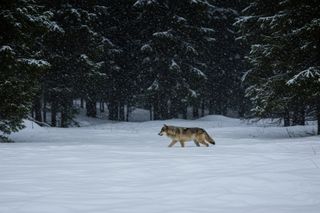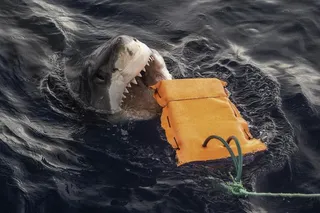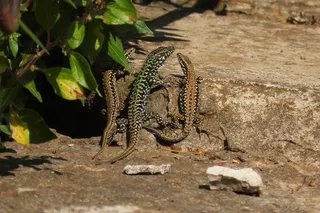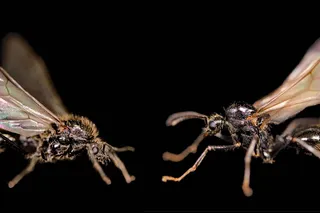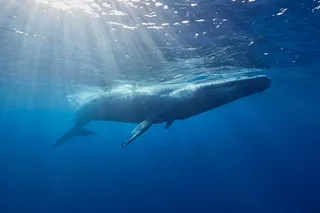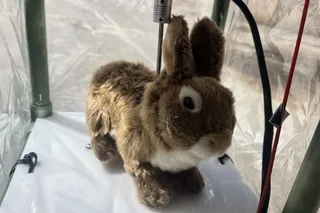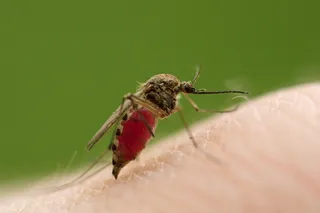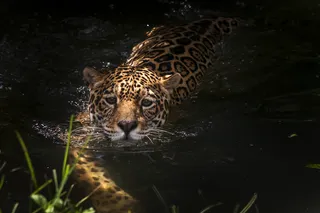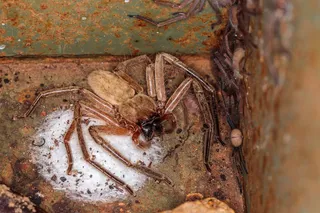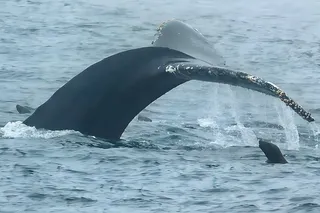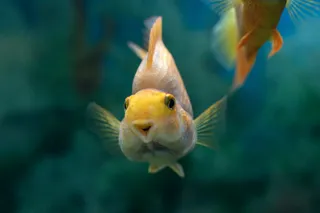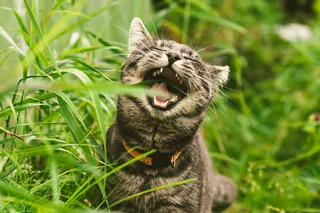When it comes to navigating nature, dogs and cats have different game plans. While dogs tend to sniff around familiar spots, cats are more free-spirited and explore new places. The movement patterns of our pets run deep in their evolutionary history, highlighting the contrasts in how they traverse the great outdoors.
A new study published in the Proceedings of the National Academy of Sciences reviewed the travels of mammalian carnivores like wild cats and dogs, explaining why these animals move the way they do. The biggest takeaway is that wild canids usually stick to established routes, while wild felids roam wherever they please.
Read More: Dingoes and Domestic Dogs: Common Ancestors, but Different Evolutionary Paths
The Journeys of Wild Cats and Dogs
Many animals are always on the move in the wilderness, going from one site to another in search of food or the right place to reproduce. But they all have their own preferred strategies of moving based on factors like the type of landscape and predator-prey interactions.
These strategies are at the center of the new study, which has illustrated the navigation styles of carnivores around the world. The study relied on GPS collar data to investigate the movements of 1,239 individual carnivores representing 34 species across six continents, making it the largest comparative study of carnivore movement ecology ever conducted, according to a press statement.
The study focused on the movements of wild canids and wild felids, groups that both have distinct navigation styles. To examine these movements, researchers created “probability ridges” that indicated how often an animal would repeatedly traverse a region with similar trajectories.
This method showed that canids (like wolves, foxes, and coyotes) had a greater density of travel routeways and a greater probability of routeway usage than felids (like bobcats, lions, leopards).
“We found that carnivore species use space in fundamentally different ways,” said lead author William Fagan, a biologist at the University of Maryland. “Members of the dog family appear much more structured in their uses of space. On average, they rely more heavily on favored travel routes compared to members of the cat family.”
Navigating with the Nose
The researchers say that historically, the idea that mammalian predators move randomly throughout their territories was a widely held view in the field of movement ecology, even being incorporated into mathematical models.
However, the new study tears down this view and demonstrates how carnivores establish invisible “highways” that they frequently use. This strategy may be prevalent in canids because of their unmatched sense of smell, a trait that isn’t quite as impressive in felids.
“We suspect that this split reflects deep evolutionary differences in how these species navigate and find their way around,” said Fagan. “Canids possess superior olfactory abilities compared to felids, potentially helping them establish and remember preferred travel routes. It looks like these different navigation strategies have developed over millions of years since dogs and cats last shared a common ancestor.”
A Treacherous Path to Follow
The use of routes in canids may help them encounter prey, but at the same time, this navigation strategy also carries some potential consequences. The most pressing of these are associated with human interactions.
Canids’ preferred travel routes can sometimes be hampered due to overlap with human activity — for instance, when roads or fences extend over a route. In addition, poaching with snares or traps can pose a threat to species that follow predictable routes. However, one silver lining is that these issues can be addressed with the construction of wildlife corridors that guide animals while still keeping them safe.
Carnivores often recognize the risks of encountering humans, adapting to them through their movements. A 2022 study in Movement Ecology found that carnivores like wolves and grizzly bears increase their speed of travel near towns and areas of high trail and road density, which they likely do to avoid people.
Tapping into knowledge of animal movement patterns could ultimately help to strengthen conservation efforts, allowing species to have safe travels in their own habitats.
Read More: Why Do Cats Bring Rodents Home as Gifts? Most Likely for a Snack Later
Article Sources
Our writers at Discovermagazine.com use peer-reviewed studies and high-quality sources for our articles, and our editors review for scientific accuracy and editorial standards. Review the sources used below for this article:
- Proceedings of the National Academy of Sciences. Wild canids and felids differ in their reliance on reused travel routeways
- Movement Ecology. Towns and trails drive carnivore movement behaviour, resource selection, and connectivity



